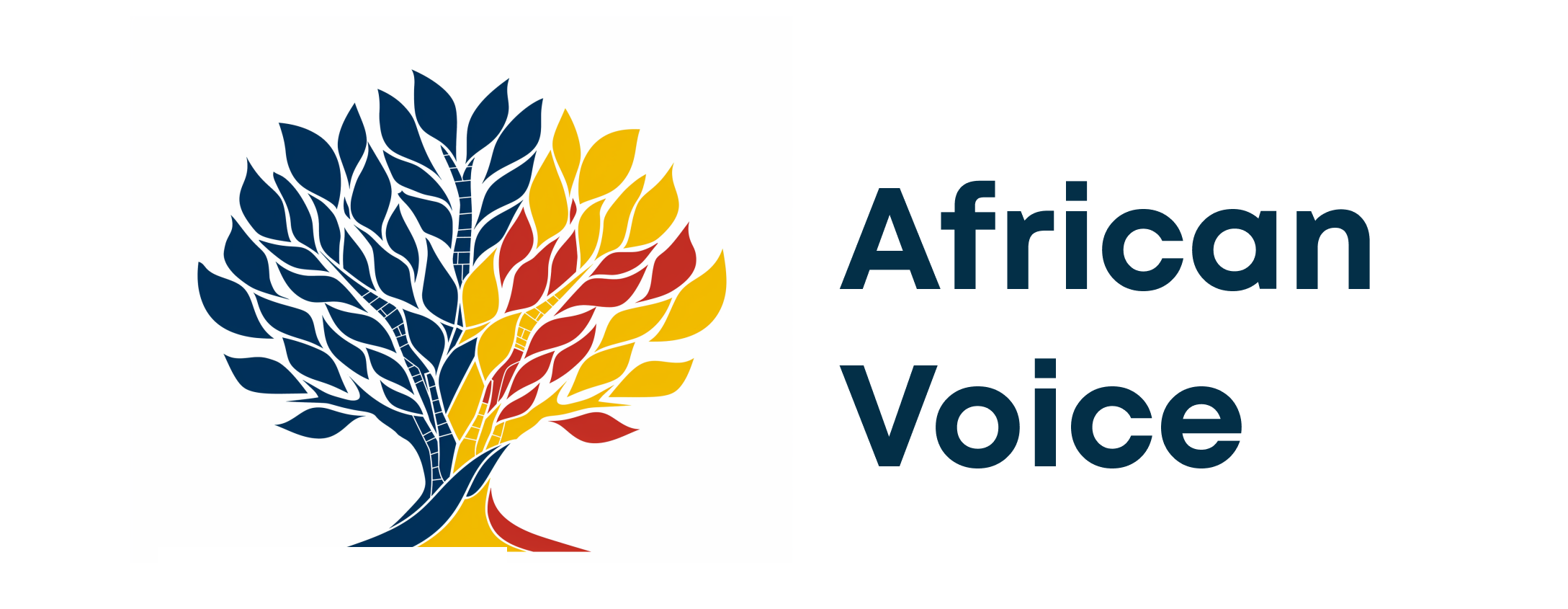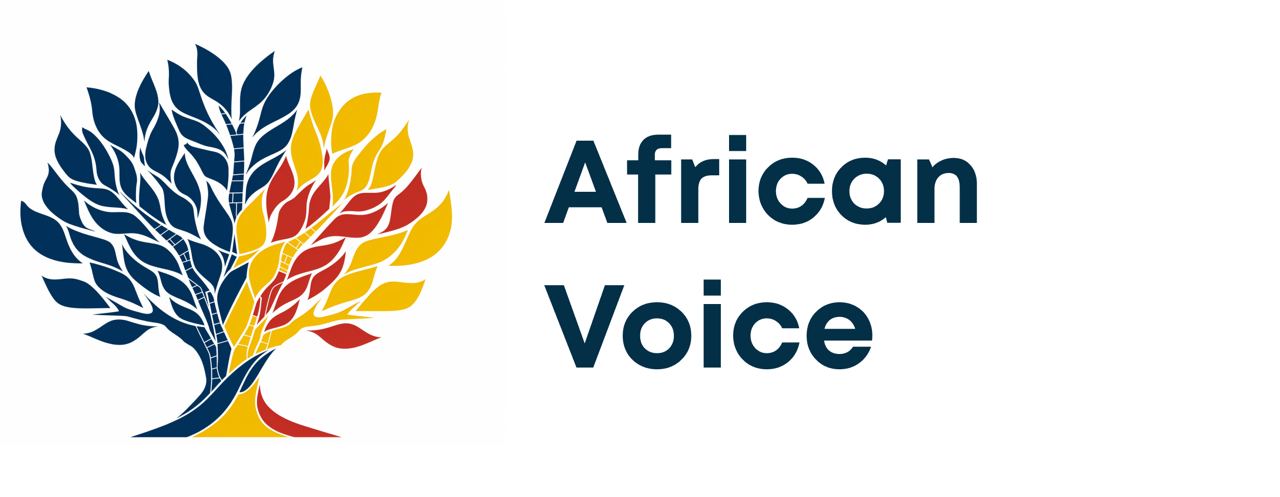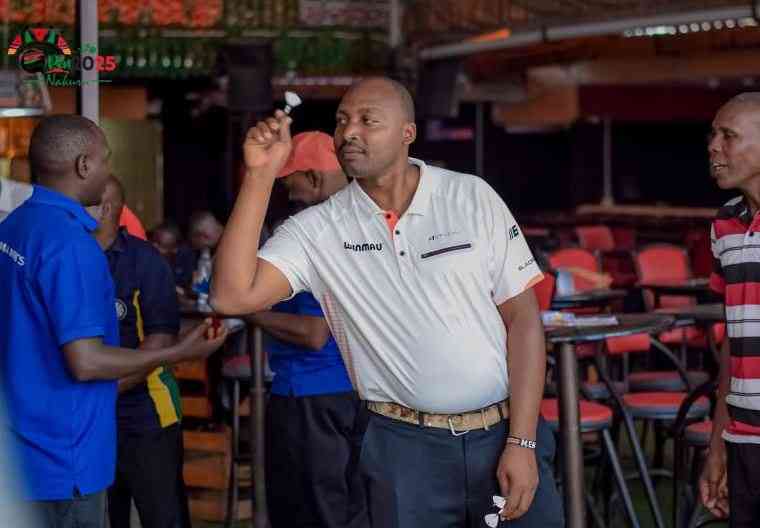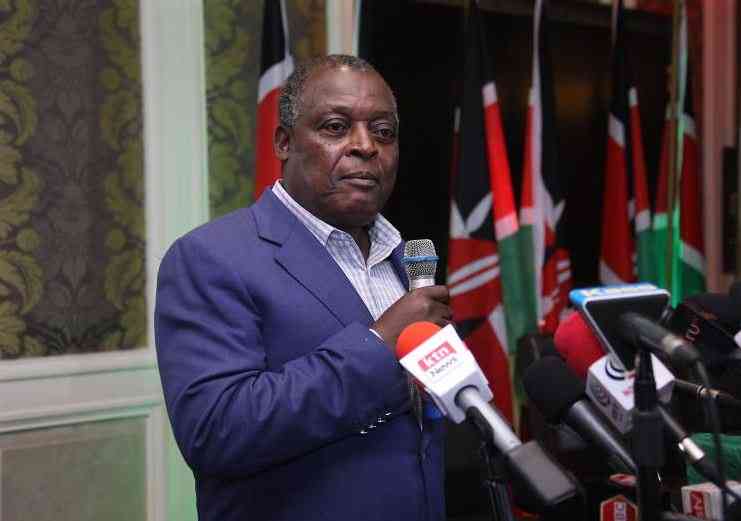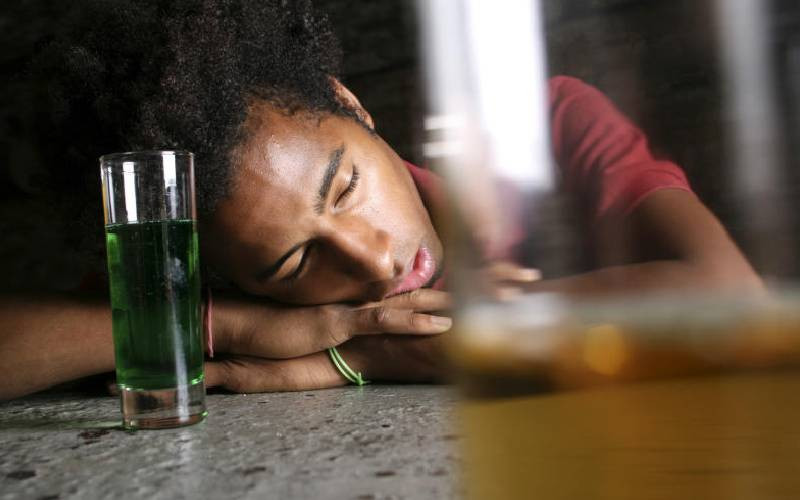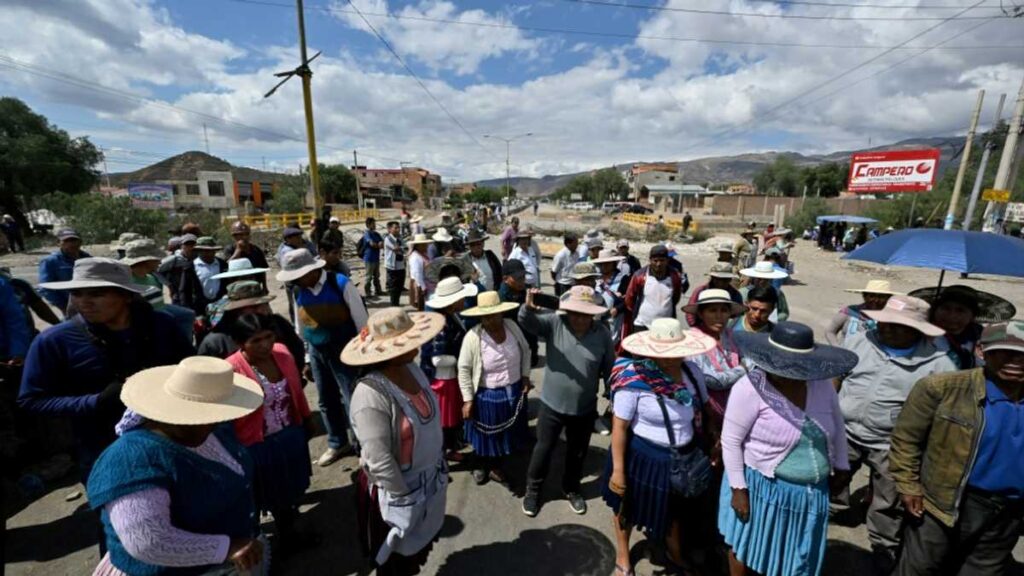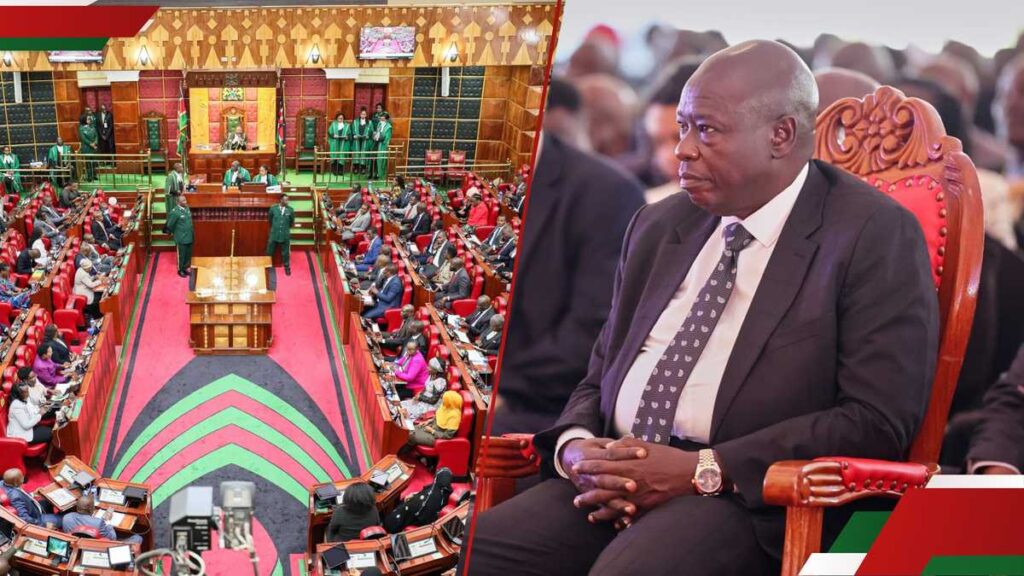A new report has revealed that more than half of Kenyans have either used alcohol or abused drugs and other substances.
According to the National Authority for the Campaign Against Alcohol and Drug Abuse (Nacada) study, about 57 per cent of Kenyans have used alcohol or at least one of the most abused drugs or substances.
The 2022 survey that sampled 3,314 individuals revealed that one in every 15 Kenyans aged 15 to 65 were currently using multiple drugs.
Besides alcohol, other mostly abused drugs include tobacco, cannabis, khat, cocaine and heroin.
Top in the list was alcohol as 3,199,119 were currently consuming it, followed by tobacco at about 2.3 million.
Miraa came third, with one in 28 Kenyans aged between 15 and 65 using it, while one in every 53 people in the same age bracket use cannabis.
The data further showed that youth aged between 25 and 35, which was identified as the most vulnerable group, were using at least one drug or substance of abuse, with the majority drinking alcohol.
The survey also reported that 12 per cent of Kenyans are engaged in the heavy episodic drinking. Western Kenya recorded the highest prevalence of alcohol users at 23.8 per cent, followed by Coast (13.9) and Central (12.8).
“Some 43 per cent of Kenyans have not used alcohol nor abused drugs and substances in their lifetime. The statistics are not very good news for us as a country and therefore prevention is very critical in ensuring that we increase the number,” said Nacada board chairperson, Stephen Mairori, during the launch of the National Prevention Week.
He urged the county governments to consider transferring the fight against trade in illegal brews from the Department of Trade to the office of the governors.
Sensitise people
“This function was developed, but we have worked it out so that the national government has some role, and the county governments have their role to play,” he said.
He asked the counties to increase campaigns to make sure that people are sensitised enough so that the uptake can be reduced.
Stay informed. Subscribe to our newsletter
“The other way they can really help is to build more rehabs and equip them so that those who are affected can do that. We also have NGOs or CBOs who are participating in this space. We want the counties to begin helping them by funding them or training them so that they can work together,” he said.
The data paints a grim picture of a country grappling with alcoholism and drug addiction, resulting in poor productivity especially among the youth that the country largely relies on.
